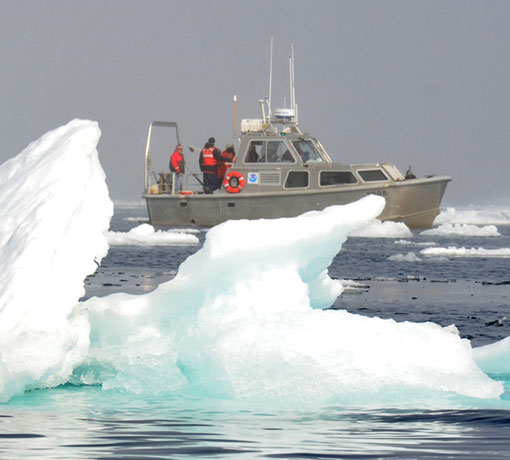The Framework for Ocean Observing guides our implementation of an integrated and sustained ocean observing system to deliver maximum impact for our user base and society.
This systems approach is designed to be flexible and adapt to evolving scientific, technological and societal demands.
It makes sure that the observing system is fit-for-purpose by checking that outputs – data flow on Essential Ocean Variables (EOVs) – and the information services and applications actually do benefit end users.
Our Strategy helps us use the principles of the Framework to meet wider needs.
The Framework at a glance
The Framework focuses on EOVs to make sure that evaluations cut across platforms before recommending the best, most cost effective plans to provide an optimal global view for each EOV.
Read moreGOOS expert panels identify system requirements based on a synthesis of a wide range of user requirements, expressed in terms of EOVs. The outcome is an observing system design that includes observing networks and regional systems.
We encourage more partnerships and projects to improve the readiness levels of requirements, observations elements and data systems.
The observing community develops standards and best practices on observing systems. GOOS monitors the observing networks. We encourage national and global network operations aligned with GOOS strategic planning.
The system is regularly evaluated to note changes in readiness and identify risks to its sustainability.
In 2019, leading up to the OceanObs ’19 Conference, the FOO 2.0 System Report was released. It summarizes the comments made during a series of interviews with FOO practitioners, project, and program managers.
Where next?

Featured documents:
Framework for Ocean Observing
FOO 2.0 System Report
